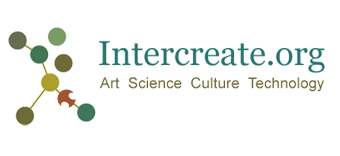3rd nature: Darko Fritz
Darko Fritz has become known for his horticultural units, which involve writing internet error messages with living plants. “Reload” is a reference to the reload button on browsers; to the refresh of information from servers and perhaps by extension, the need to refresh our relationship with the Earth.
